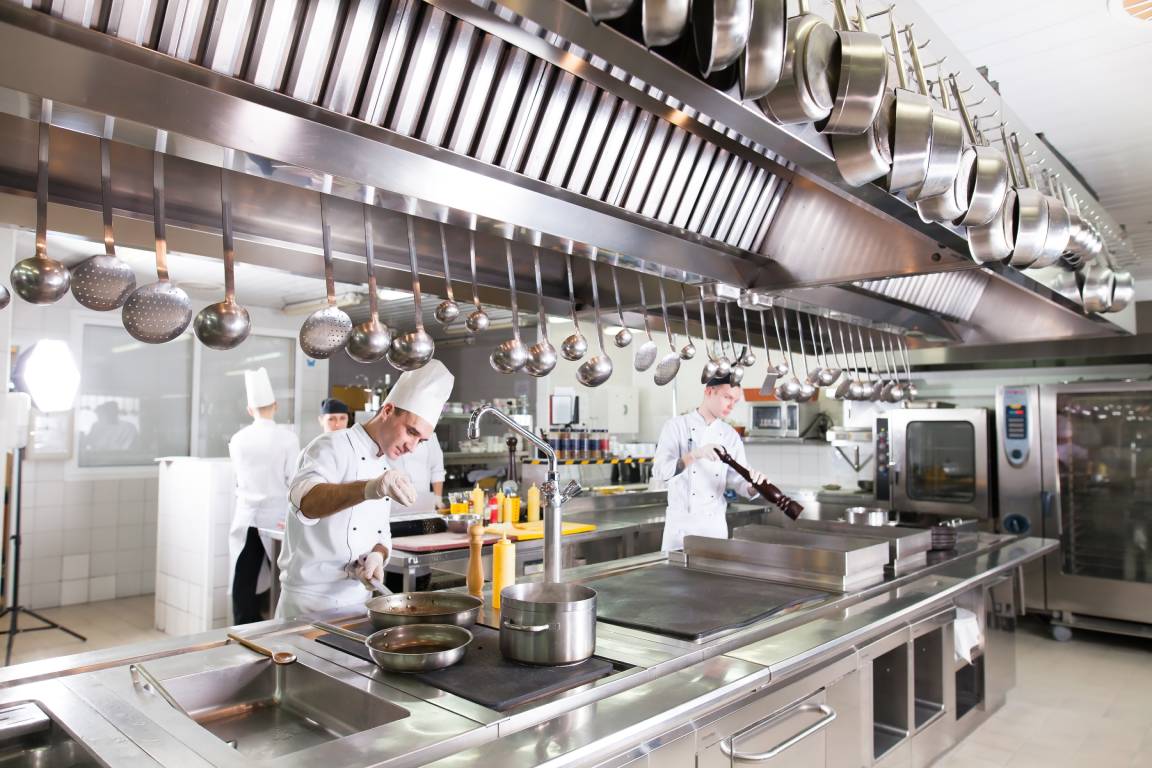The bustling environment of a commercial kitchen is the heartbeat of any restaurant. However, amid the culinary creativity and daily hustle, safety remains an essential concern. Understanding and implementing fundamental safety practices can significantly reduce the risk of accidents and ensure a seamless operation. Continue reading for important safety tips and best practices for commercial kitchens, aimed at helping restaurant owners maintain a secure environment for their staff and patrons.
Proper Staff Training
The foundation of kitchen safety begins with thorough kitchen staff training. It’s about teaching them how to create exquisite dishes and instilling a strong sense of safety culture.
Effective training programs cover everything from handling equipment correctly to dealing with emergencies. Sometimes, learning from real-life scenarios where training prevented potentially hazardous situations can inspire a proactive approach to safety. Continuous education is also vital and ensures staff are always up to date with the latest safety protocols and procedures.
Regular Equipment Maintenance
Like any well-oiled machine, commercial kitchen equipment requires regular maintenance to function safely and efficiently. The neglect of this crucial aspect can lead to malfunctions and poses serious risks to staff, potentially halting kitchen operations.
Setting up a routine maintenance schedule for all equipment, from ovens to fryers, is essential. This checklist should include regular inspections, cleaning, and repairs, with proper documentation for accountability. Proactive equipment care ensures safety and extends the longevity of the kitchen’s tools.
Efficient Kitchen Layout
The design and layout of a kitchen significantly impact the workflow and environmental safety. An efficient layout minimizes unnecessary movement and reduces the risk of accidents, such as spills and burns.
Strategic placement of heavy-use equipment and ensuring clear pathways can dramatically enhance safety and operational efficiency. Consulting with kitchen design experts can provide valuable insights into optimizing the space and enable staff to maneuver smoothly and safely, even during peak hours.
Routine Cleaning Schedule
Cleanliness is a critical component of kitchen safety that extends beyond hygiene. A well-maintained kitchen reduces the risks of slips, trips, and falls—common accidents that are entirely preventable with regular cleaning protocols.
Additional factors to consider when cleaning an industrial kitchen include implementing a strict schedule for scrubbing floors, clearing grease, and sanitizing surfaces. Furthermore, a clean kitchen is also a pest-free kitchen—crucial for safety and health compliance.
By prioritizing these safety tips and best practices for commercial kitchens, restaurant owners can establish a safety-first culture. These strategies protect the kitchen crew and guests and contribute to the restaurant’s reputation for excellence and reliability. Implementing these safety measures is a steadfast approach to enhancing kitchen operations and affirms the establishment’s commitment to quality and care.











